John, a dedicated educator at johnchen.net, stands out as a pioneer in integrating Minecraft into the classroom. His website, a treasure trove for educators and parents alike, showcases a remarkable journey of transforming learning through the immersive world of Minecraft. Focusing on practical application and student engagement, “Minecraft John” has become synonymous with innovative and effective digital learning strategies. This article delves into the world of Minecraft lessons crafted by John, exploring the diverse subjects and creative projects that highlight his expertise in educational gaming.
John’s approach to Minecraft in education is far from mere gameplay; it’s about leveraging the game’s versatile platform to create engaging and impactful learning experiences. His lessons span a wide range of subjects, demonstrating the adaptability of Minecraft as an educational tool.
STEM Education Embodied in Minecraft
One of the most compelling aspects of “minecraft john’s” work is his integration of STEM principles into Minecraft lessons. He masterfully uses the game to teach complex concepts in Science, Technology, Engineering, and Mathematics. From recreating historical landmarks to designing intricate systems, students are encouraged to think critically and problem-solve within the Minecraft environment.
For instance, John’s “Unofficial Minecraft STEM Lab for Kids” book project exemplifies his dedication to making STEM education accessible and fun. This initiative, born from his classroom experiences, provides educators and parents with practical, hands-on STEM activities that can be implemented using Minecraft. The book itself is a testament to “minecraft john’s” commitment to sharing his expertise and expanding the reach of Minecraft-based STEM learning.
 New Book: Unofficial Minecraft STEM Lab for Kids
New Book: Unofficial Minecraft STEM Lab for Kids
History Comes Alive: Rebuilding Civilizations in Blocks
Beyond STEM, “minecraft john” also excels in bringing history to life through Minecraft. His projects often involve students recreating historical cities and civilizations, fostering a deeper understanding of historical contexts and architectural marvels.
Projects like “The Round City of Baghdad” and “Reimagining an Ancient Chinese City” are prime examples. These ambitious undertakings, involving significant student collaboration and research, allowed students to virtually construct and explore these historical urban centers. By building these worlds, students don’t just learn about history; they experience it in an interactive and memorable way. The process of recreating these cities requires students to engage with historical details, geographical considerations, and social structures, making history lessons far more engaging than traditional textbook learning.
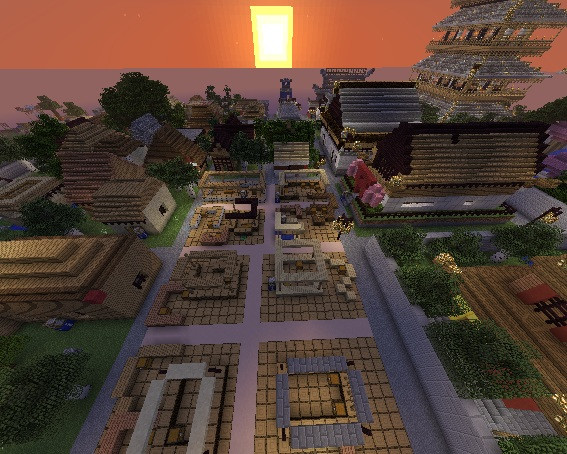 Reimagining an Ancient Chinese City
Reimagining an Ancient Chinese City
Literacy and Storytelling through Interactive Worlds
“Minecraft john’s” innovative approach extends to literacy and storytelling. He understands the power of Minecraft in fostering creativity and narrative skills. Projects like “Momotarō – The Peach Boy” and “Japanese Poetry 2.0 – Tomodachi Mura” demonstrate how Minecraft can be used to visualize literature and poetry, making abstract concepts tangible and relatable for students.
By recreating scenes from stories or visualizing poetic verses in Minecraft, students engage with the material on a deeper level. They become active participants in interpreting and representing narratives, enhancing their comprehension and creative expression. These projects often involve collaboration, further developing communication and teamwork skills.
 Japanese Poetry 2.0 – Tomodachi Mura
Japanese Poetry 2.0 – Tomodachi Mura
Community and Collaboration: Sharing Minecraft Education
“Minecraft john’s” contributions extend beyond his classroom. His participation in events like Minecon and collaborations with other educators highlight his role in the broader Minecraft education community. His session at Minecon, “The Building Blocks of Literacy,” underscores his commitment to exploring and sharing the educational potential of Minecraft on a larger scale.
Furthermore, his collaborative projects with educators in different locations, such as the “Momotarō” project with students in Hawaii, demonstrate the power of Minecraft in connecting learners across geographical boundaries. This spirit of collaboration and knowledge-sharing is a key aspect of “minecraft john’s” approach, making his resources and insights valuable to educators worldwide.
In conclusion, “minecraft john” from johnchen.net is a leading figure in the realm of Minecraft education. His innovative lesson designs, spanning STEM, history, and literacy, offer a compelling model for educators seeking to engage students in meaningful and effective digital learning experiences. By exploring his website, educators can find a wealth of inspiration and practical resources to integrate Minecraft into their own classrooms, unlocking the educational potential of this versatile game. John’s work not only demonstrates the power of Minecraft as an educational tool but also highlights the transformative impact of dedicated and innovative educators in shaping the future of learning.

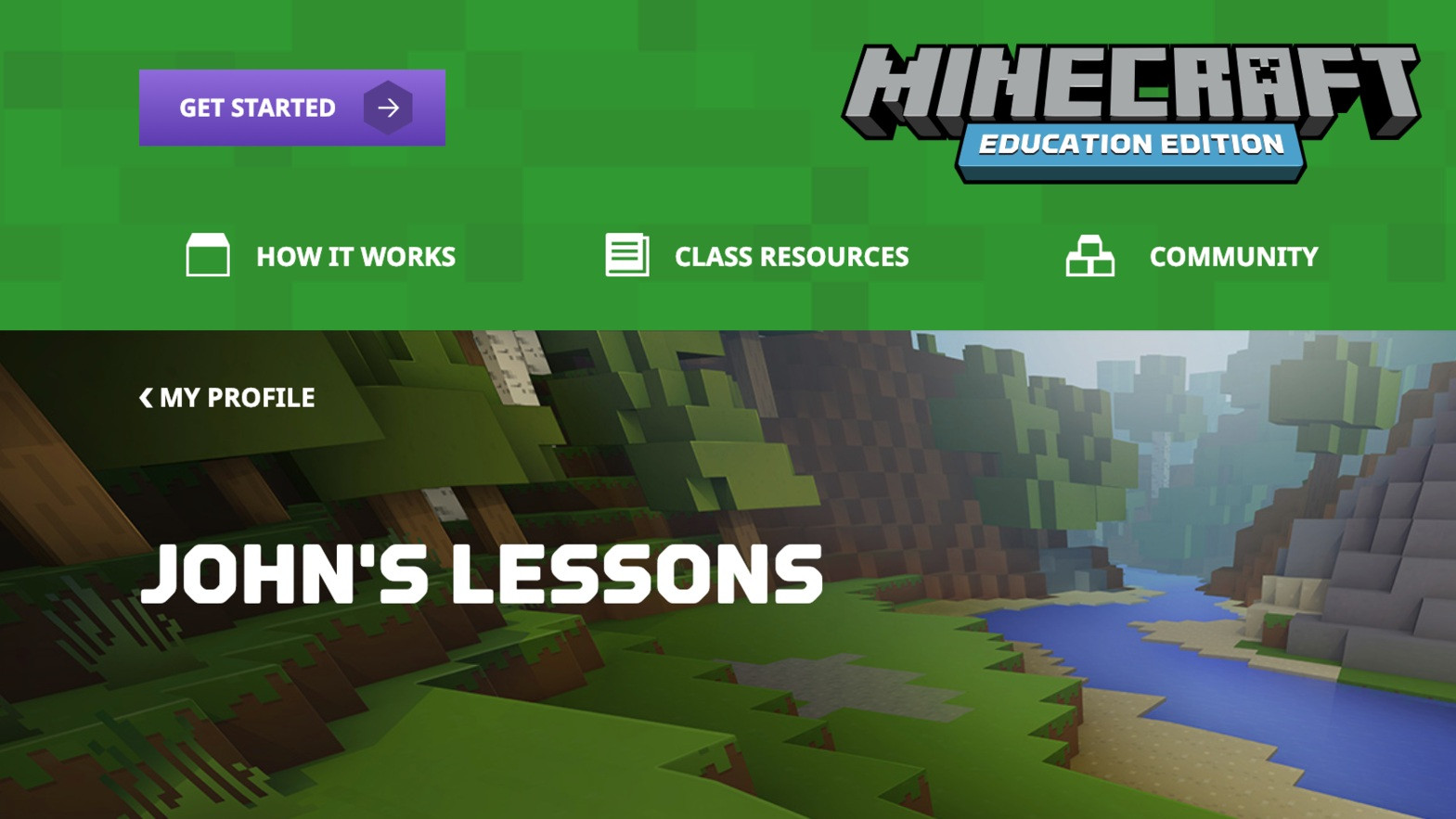
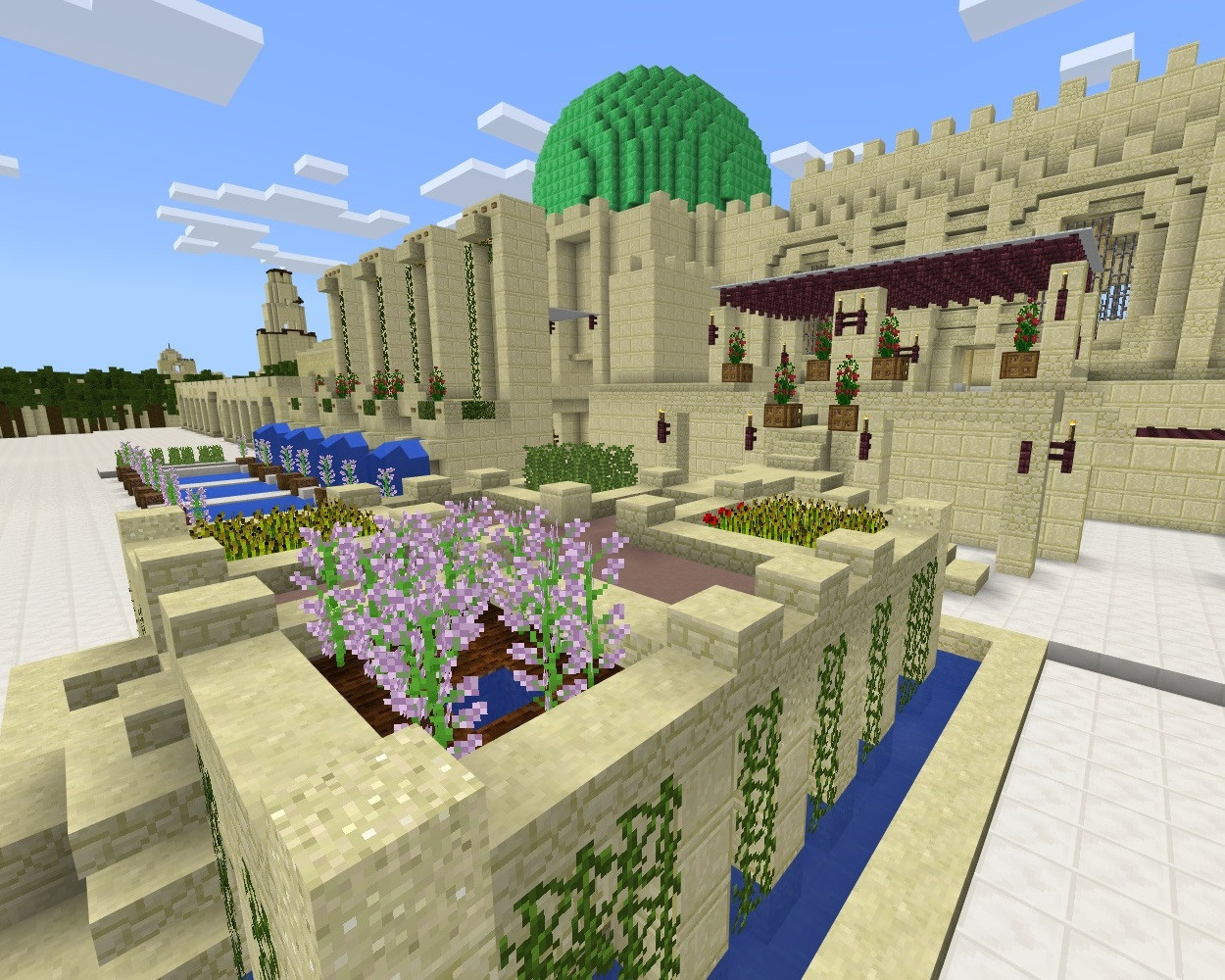 The Round City of Baghdad
The Round City of Baghdad 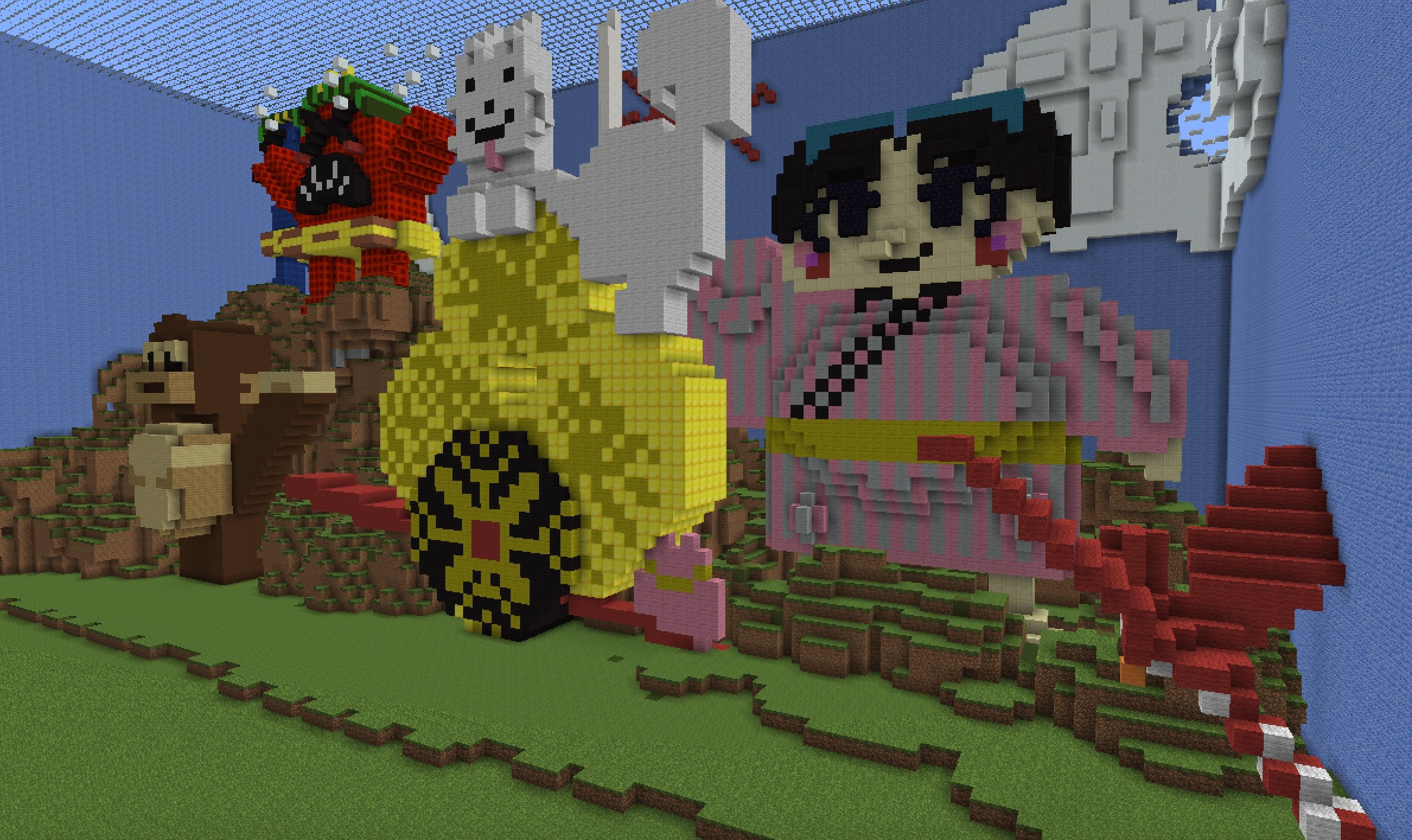 Momotarō – The Peach Boy
Momotarō – The Peach Boy 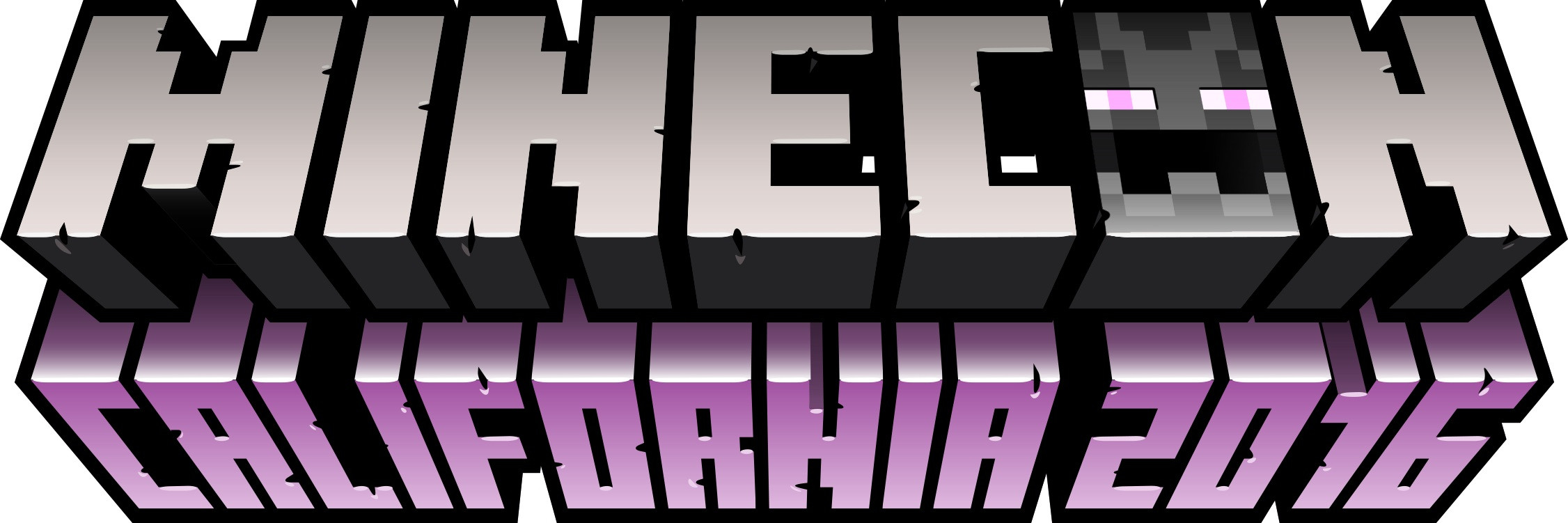 Minecon 2016
Minecon 2016